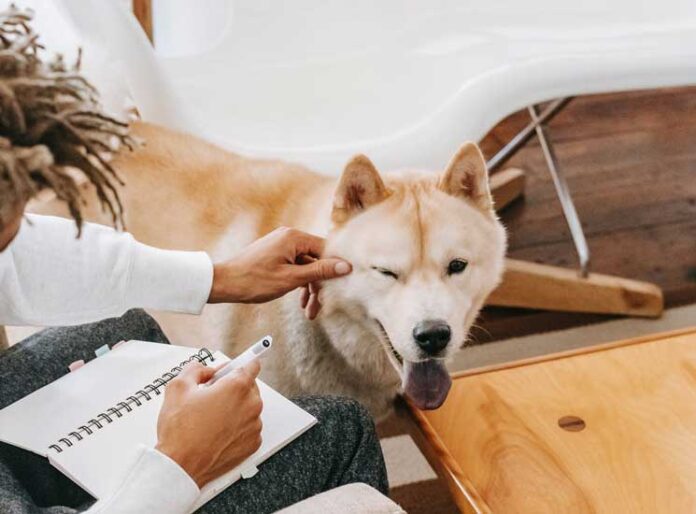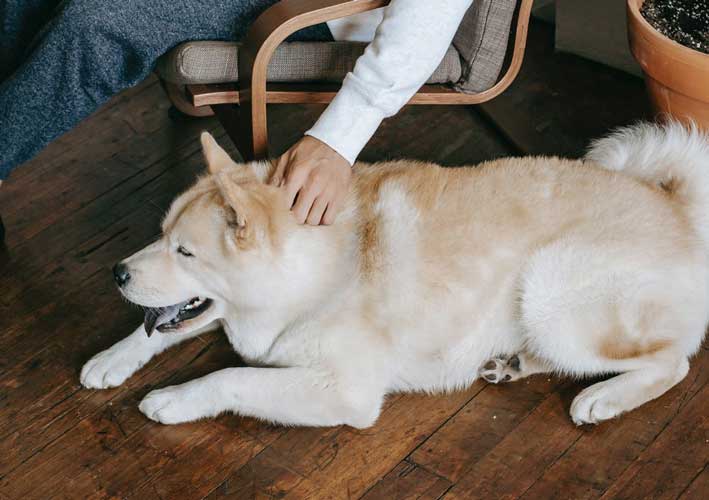
Often we hear that dogs don’t listen, or that they do whatever they want. In fact, dogs just do whatever you tell them to do, even if you told them to do something unintentionally. I.e. your dog acts as the team leader. This attitude in dog training and in canine education was defined as “dominance” or pack leader. We discover how to become the pack leader and train your dog properly.
How to become the pack leader | The group leader
Today the term “pack leader” is highly contested and was replaced with other words in order to avoid confusion between the concepts of pack leader and team leader. There are in fact differences between these two terms in the human world. Canine behavior, which is highly social in nature, is made up of roles, and the group is organized as a team which must act in unison.
Among other roles, the leader of the team (known as pack leader) has the task of coordinating the activities and relationships of the group. There were also reports of dominance of one member of the group over the other, but that theory has been debunked, as the alpha dog does not dominate the others but is at the service of the pack in order to protect it, coordinating and formulating strategies to ensure the packs survival and handle any problems that may arise. Ultimately the terms dominance and pack leader are misnomers because they are interpreted in a way that makes sense to human beings, i.e. whoever rules can be a king and will command with only their interests in mind. This interpretation does not fit the concept of the canine pack or any other canine group found in nature.

How to become the pack leader
Today’s dogs don’t really have a pack anymore (unless you have rescued a dog that was feral and roamed in a pack outdoors). Nor do they exist in a natural habitat alone, and they have not done so for centuries. Today, in most cases, the group is the human family and this is often what leads dogs to assume the role of leader of the pack. In this family structure we often accidentally give off signals that if taken individually may appear negligible to us but all together can be very meaningful for the dog. Let’s see how to become the pack leader:
- Do not allow the dog to manage or to take the initiative for activites (game, interaction, direction of the walk and so on.)
- Do not give the dog the management of strategic areas such as entrances to the home, raised areas where it can control the situation and the movements of the “human” pack;
- Check food management. In general excesses create problems, for example, when you leave food out for the dog to eat whatever he wants.
Humans have often contradictory behaviors while training the dog… initially provide the signals that are interpreted by’ four-legged friend as an assignment of the role of ” alpha male “, then completely contrary signals. These contradictory behavior and signals can be misinterpreted and confusing to the dog, and the dog can respond with hostile or aggressive behavior, although they rarely escalate.
Be the pack leader
It important to avoid stimulating the dog with behaviors that transmit messages that authorize him to take the role of pack leader. In theory you can combat this behavior with social regression, which should not be done suddenly, and possibly, in sensitive cases, should be supervised by a canine behavior expert. Of course this is all on a case-by-case basis and depends largely on the dog (their breed, their size): it will be up to the human judgment based on your relationship you’re your dog.
If it doesn’t bother you that your dog chooses the direction when you’re out for a walk or if they initiate games (like bringing the ball to you without your asking for it) then don’t worry too much. These types of situations generally won’t create any problems between you and your dog. If your dog does not listen and has taken over the role of pack leader dog to the point where they become angry if there is any change in the chain of command, then it might be a good idea to consult a dog trainer or a behaviorist, because the messages transmitted that caused the dog to utilize this this canine behavior were probably transmitted by you, the owner, and it might take an expert eye to tell you what happened and why.



















